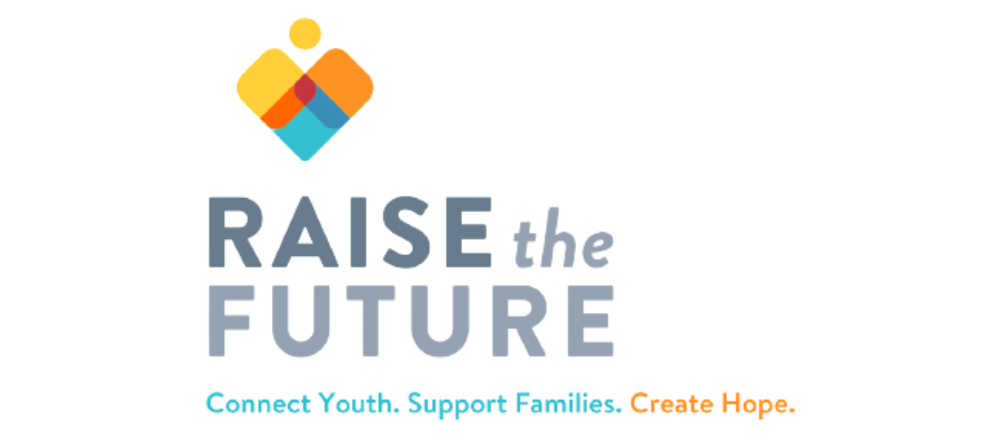By Jon Smith, professional counselor and adoptive dad
As a professional counselor in private practice, a behavior specialist for a large school district, and a father of an adopted daughter and two biological children, I have spent the past twenty-some years searching for solutions to all kinds of behavioral, social, and mental health challenges my own and other people’s children have exhibited. Every year scientists and researchers discover more about the brain, and every year I learn of some new intervention, strategy, medication, nutritional supplement, curriculum, theoretical approach, and so on. With the sheer volume of knowledge out there, I find myself easily entrapped by a perpetual quest for the optimum answer to every child’s problems. If I just say the perfect thing, if I can identify the precise diagnosis, if I can figure out just the right behavior program, if I can find the best specialist or the right medication, then certainly this child will steer back on course and develop into a healthy, productive adult. While many children, because of significant trauma histories and mental health challenges, do in fact need evidence-based interventions and highly trained professional support, I was recently reminded by a researcher named Stephen Porges that all of us possess in the foundations of our very own neurology the ability to provide the one thing that every child must have in order to thrive, despite any other supports or services they may need; that is, a safe, trusting neurological connection with others—human-to-human, soul-to-soul.
Stephen Porges is a University Scientist at Indiana University, as well as a Professor of Psychiatry at the University of North Carolina, and he is the founder of what is called the Polyvagal Theory of human behavior. Through his research over the past couple of decades, he has discovered a series of neural pathways (branches of the vagus nerve) that lead from the brain down through the spine and into the heart, lungs, gut, and other body systems, and are responsible for creating a full-bodied sense of calm, regulation, safety, and social connection. This regulation system is triggered by what he calls “cues of safety” from others in a child’s environment—eye gaze, facial expressions, body posture, tone of voice, physical touch—that communicate peace, trust, and care to the child. Children need these cues of safety not just when they’re infants, but throughout their development (and in fact, we still need them as adults!). When there is a disconnect, due to behavioral escalations, trauma-based reactions, troubled relationships, interpersonal conflict, etc., cues of safety tend to diminish or disappear because of our own frustrations, fears, beliefs, and moral judgements, leaving the child feeling vulnerable and dysregulated, and the adults seeking out still more interventions and treatments. According to Porges’ research, many mental and, indeed, physical health conditions can be traced ultimately to the loss of social connectedness and cues of safety from others.
This has been encouraging news for me to hear. While I may not have certain skills or resources, I do in fact have eyes, a face, a voice, and a body that I can use to communicate to my children that they are loved and they are safe, and we all can use our bodies to convey a sense of calm, connection, and regulation, even—and especially—in the midst of a challenging behavioral episode. Brene’ Brown has defined empathy as “Communicating that incredibly healing message of: ‘You’re not alone,’” and Stephen Porges’ work has substantiated the positive neurological impact that empathy expressed through body language has on children’s mental health development.
So as I continue weeding through all that’s out there, I am reminded to filter my discernment of what to try next with a child through the lens of Polyvagal Theory. Does this diagnosis I’m seeking help me and others better understand and empathize with the child, or does it lead to labels and stigmatization that create separation? Does this clinical intervention foster connection and trust between family members, or does it just displace that critical work onto the professional instead? Does this medication open doors to continue the hard work of building relationships, or does it become an end in-and-of itself? Does this behavior plan at school provide the child a sense of relational safety, restoration, and open communication, or does it simply instill more judgment and fear? Do I as a parent first express love, care, and support when my child is upset, or do I jump right to moral reprimands and the latest behavioral motivation system I just read about? When I get bogged down and overwhelmed by all that the field of psychology has to offer struggling kids, it helps me to return to the heart of the gray matter, so to speak, and remind myself of what science has now proven to be true, that love fully expressed is the most powerful intervention of all.
Jon Smith is a licensed professional counselor and behavior specialist, and has been providing support for the past 25 years to parents, children, teens, and teachers through private practice and in the public schools. He is also a presenter of trainings for families and professionals at the local, national, and international level. Not only does he draw from his diverse experiences in schools, residential centers, recreation programs, and mental health treatment facilities, but also from his personal experience as a husband and a father of three children.

